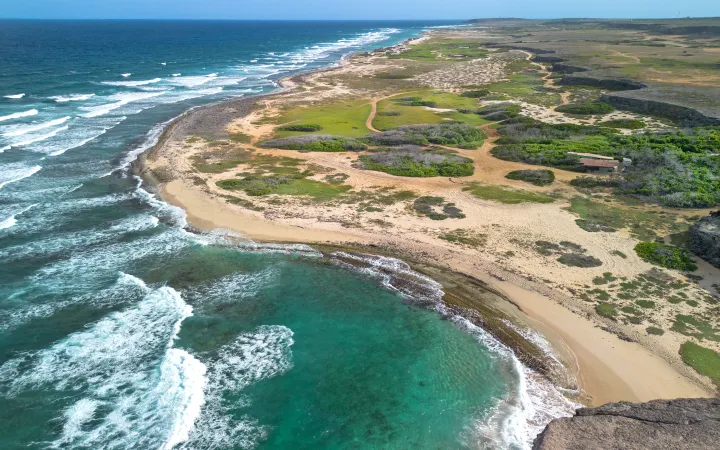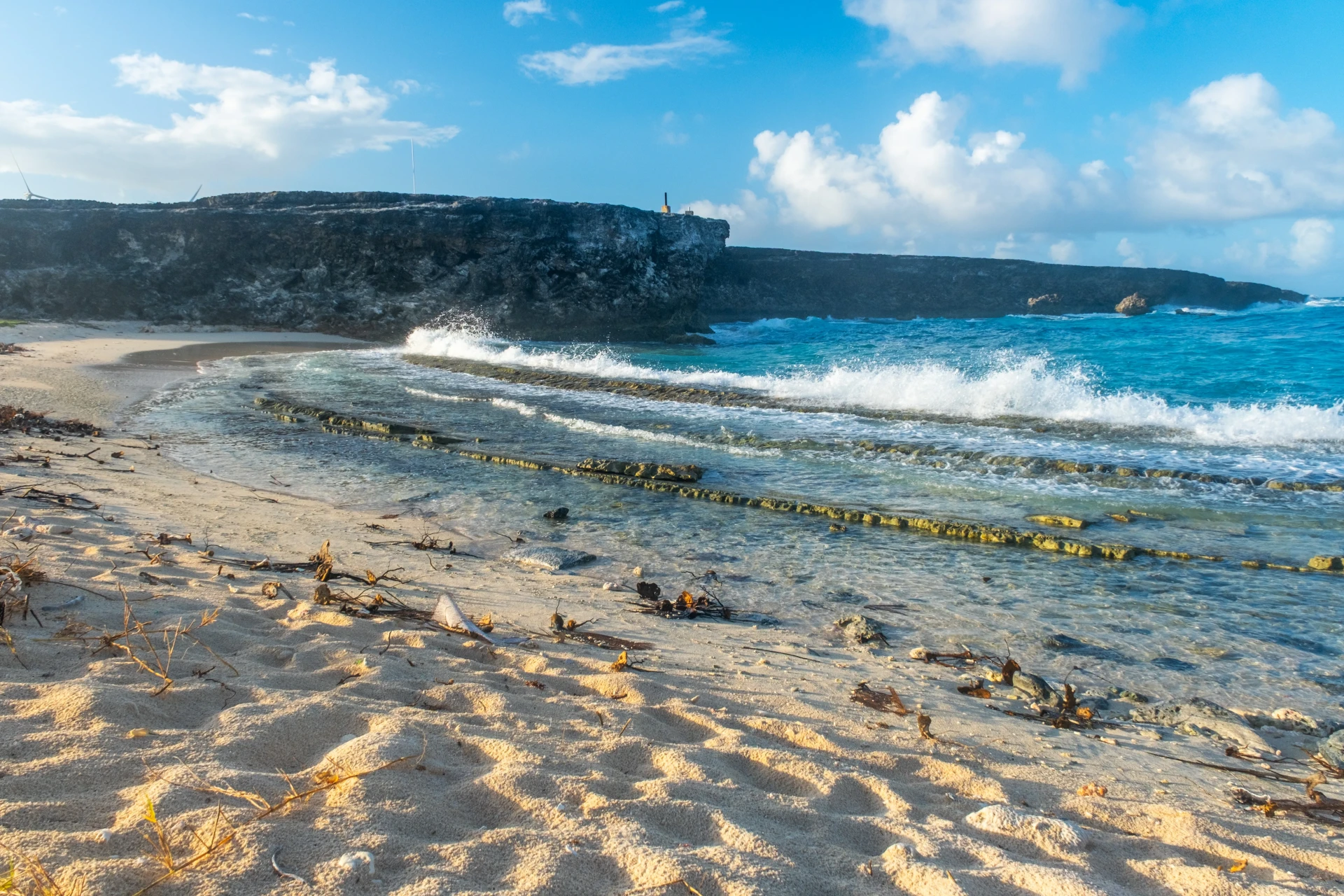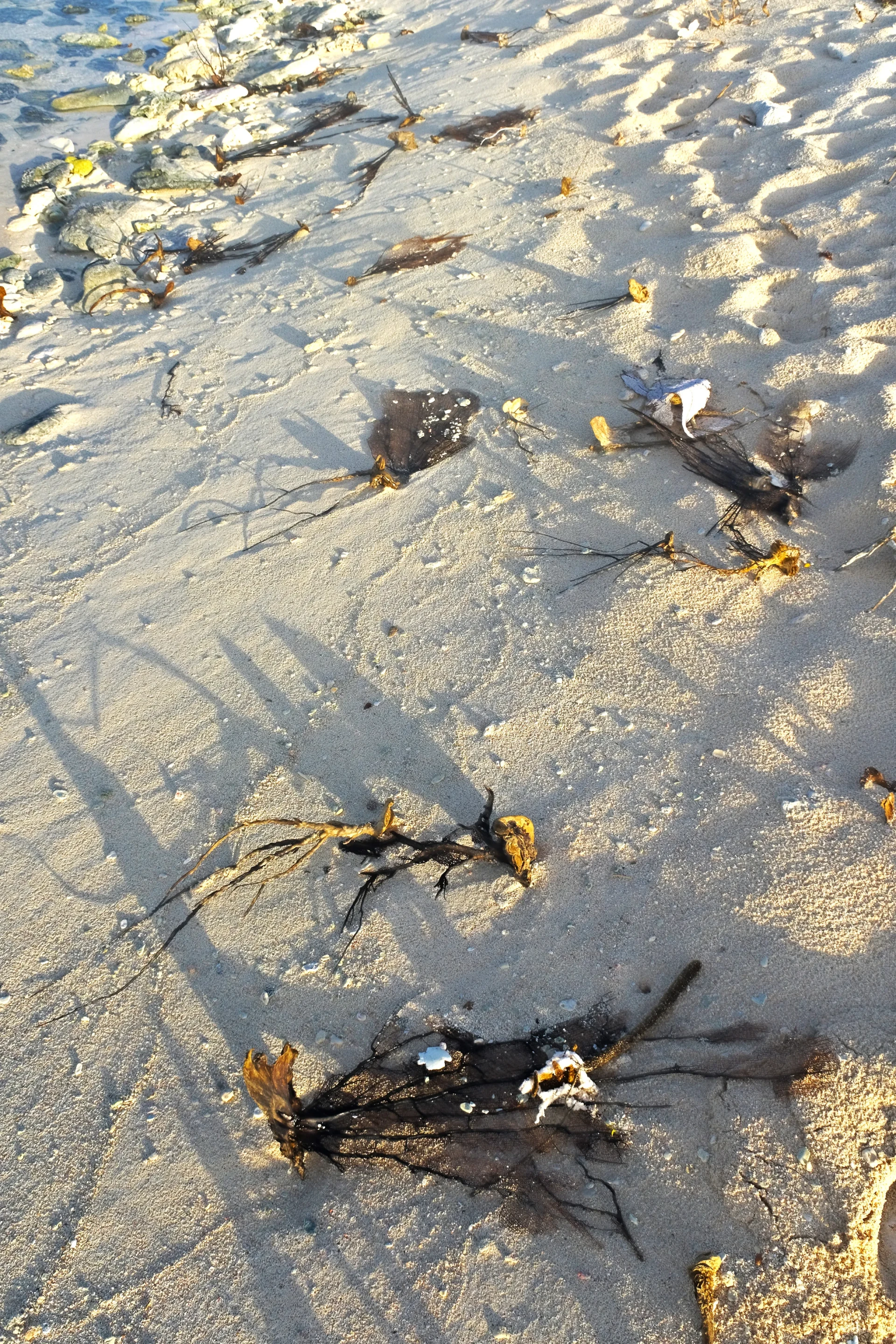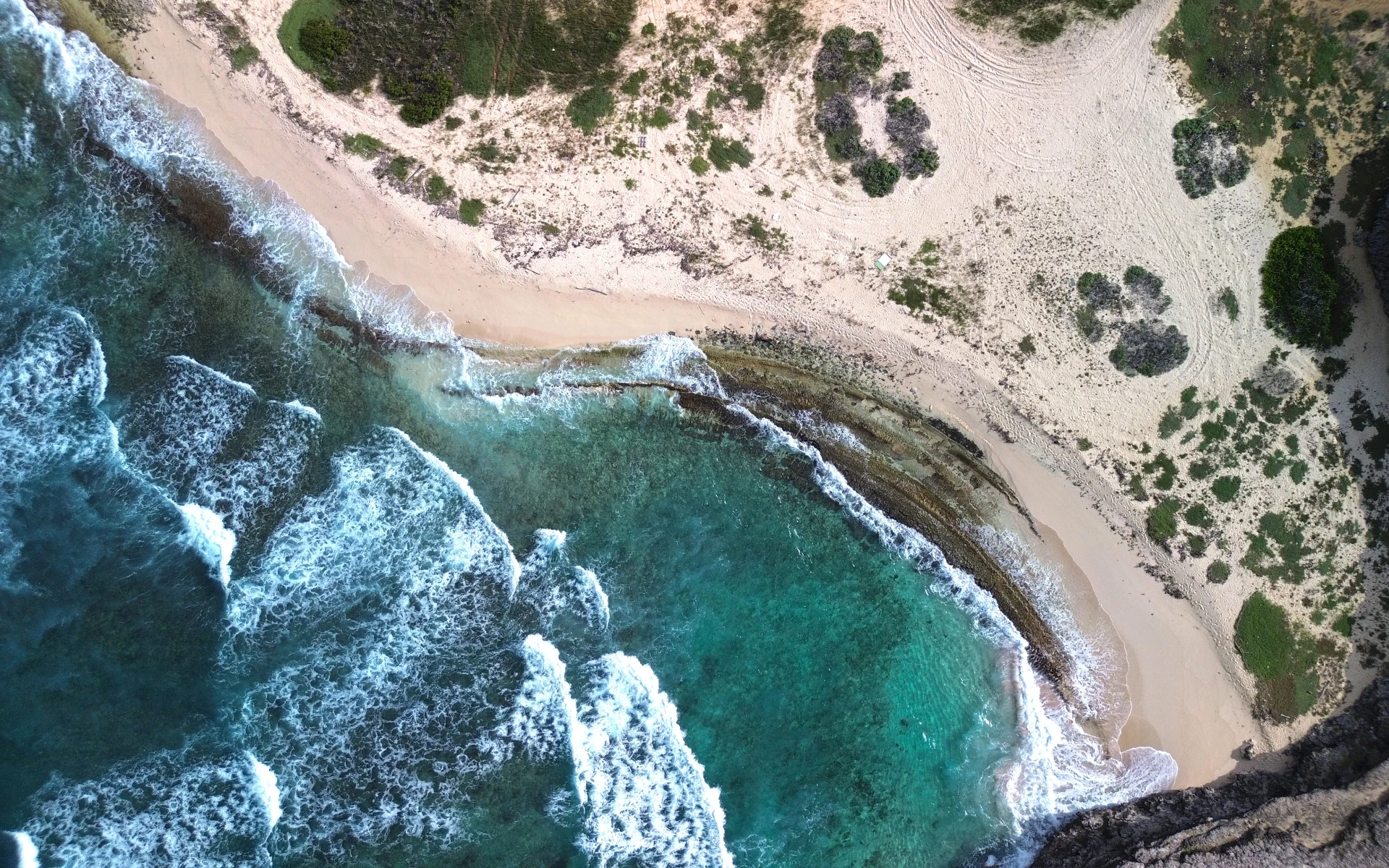Levente
Been there. Done that.
Been there. Done that.
Share
We don't support old browsers due to security issues. Please update your browser to see this site. Update my browser now

Beach di Fossil is probably Aruba's most off-the-beaten-path beach. A tiny, hidden stretch of coast at the far end of Grapefield Beach, scattered with dead fan corals and pounded by the waves. It’s not a place for swimming or snorkeling, but if you love wild landscapes, solitude, and raw beauty, this spot delivers.
Beach di Fossil is one of those hidden beaches you only find if you’re willing to venture a off the beaten path. It sits at the northern end of Grapefield Beach, right by Aruba’s wind turbines. It is known for its shoreline scattered with dead fan corals. The setting feels wild and untouched, with powerful waves crashing against the cliffs and not a single facility in sight.
What I like about Fossil Beach is its raw, isolated character. Unlike the calm, touristy beaches on Aruba’s west coast, here you’ll find nothing but rugged coastline and the constant roar of the surf. It’s not a swimming or snorkeling spot — the sea is too rough — but it’s a place that rewards you with photography opportunities and a glimpse of Aruba’s untamed side.

Even though you can’t swim or snorkel here, Beach di Fossil still has a few memorable activities. It’s the kind of place where you wander slowly, explore the shore, and take in the raw beauty of Aruba’s southern coast.
 |  |
The beach is scattered with dead fan corals and fossil-like pieces, which is how it got its name. These shapes feel like natural artwork washed up by the sea. Walk the shoreline and discover new patterns, but remember corals are protected — take photos, not souvenirs.
This hidden spot is perfect for landscape photography. The mix of crashing waves, coral formations, and dramatic cliffs creates striking backdrops for both cameras and drones. Late afternoon light is especially rewarding, and you’ll likely have the beach all to yourself.
A dirt trail connects to Grapefield Beach and stretches along the rugged southern coastline. It’s windy and exposed, but the views of the Caribbean Sea and the Aruba wind turbines make the walk worthwhile. Bring sturdy shoes and plenty of water.
Snorkeling is not possible at Beach di Fossil Aruba. The sea here is rough, with heavy waves crashing against the rocks and cliffs, making the water unsafe to enter. There are no calm entry points or reef-protected areas, so it’s not a place for swimming or snorkeling.
If snorkeling is on your list of things to do in Aruba, I recommend heading to Mangel Halto, Tres Trapi, or Arashi Beach instead. These spots are known for their calm waters, vibrant marine life, and easy access, making them much safer and more enjoyable for snorkeling.
There are no restaurants, beach bars, or facilities at Beach di Fossil Aruba. This is a completely undeveloped stretch of coastline, so you’ll need to bring your own water and snacks if you plan to stay for a while.
The closest dining options are in San Nicolás, about a 15–20 minute drive away, where you’ll find local eateries, cafés, and a few bars. Many travelers also combine a stop at Beach di Fossil with Baby Beach, where there are small restaurants and beach bars right on the sand.
Because Beach di Fossil is such a remote, rugged stretch of coast, there are almost no places to stay directly nearby. The one exception is a small eco-style lodge that caters to travelers who want to be close to Aruba’s wild southern beaches.

Located just a short drive from Beach di Fossil and Grapefield Beach, this rustic accommodation is perfect for adventurous travelers. The cabanas are simple but comfortable, surrounded by nature, and popular with kitesurfers who come for the strong winds and open sea. Staying here feels completely different from the hotel strip — it’s quiet, laid-back, and ideal if you want to explore Aruba’s untamed coastline.
Personally, I think The Wild Side Aruba is best if you want to wake up right by the waves and have direct access to the island’s quietest coastline. For most visitors, though, it makes sense to stay in San Nicolás or the hotel strip and visit Beach di Fossil as part of a day trip.
Beach di Fossil Aruba sits at the far northern end of Grapefield Beach, close to Aruba’s wind turbines. It’s remote but still accessible if you have a car. The last stretch is a dirt road, but it’s manageable with a regular rental. There are no buses or facilities, so plan ahead before you go.

Cruise passengers can reach Beach di Fossil by renting a car at the terminal or taking a taxi. The route follows Route 1 south through Oranjestad and Savaneta, then continues toward San Nicolás. From there, it’s just a short drive to Grapefield and along a dirt road to the beach.
From the airport, head southeast through Oranjestad, continue on Route 1 toward San Nicolás, and follow the signs to Grapefield Beach. From there, drive along the dirt road until you reach Beach di Fossil. Taxis are available at the arrivals hall, but it’s easier if you rent a car.
If you’re staying in the hotel strip, follow Route 1 south through Oranjestad and Savaneta until you reach San Nicolás. Continue toward Grapefield Beach, then take the dirt road to the very end.

Taxis are easy to find in Oranjestad, Palm Beach, and at the airport, but there are none waiting at Beach di Fossil. If you go by taxi, arrange a pick-up in advance.
There are no buses that go to Grapefield or Beach di Fossil. If you don’t have a car, your only options are taxi or an organized tour of Aruba’s south coast. Always check the most up-to-date Arubus routes and bus schedules.
Driving is the best option. The main roads are paved and easy to follow, and the final dirt track is short. A high-clearance vehicle is more comfortable, but not essential.
Parking is free and easy. There’s plenty of space near the beach since it rarely sees visitors.
Beach di Fossil Aruba is a fun stop if you’re already nearby. The dead fan corals, crashing waves, and rugged scenery make it worth a quick visit, but it’s not a beach to spend the whole day at. Don’t drive across the island just for this spot — pair it with Baby Beach, Boca Grandi, or San Nicolás instead.
Beach di Fossil Aruba is at the far northern end of Grapefield Beach, near Aruba’s wind turbines and close to San Nicolás.
Beach di Fossil Aruba is famous for its shoreline scattered with dead fan corals, dramatic waves, and rugged, untouched scenery.
You can drive to Beach di Fossil Aruba via Route 1 through San Nicolás, then follow the dirt road past Grapefield Beach.
No, Beach di Fossil Aruba is not safe for swimming. The waves are strong, and the rocky shoreline makes entering the water dangerous.
Not really. There are no calm waters or facilities, so it’s better suited for adults who enjoy exploring rugged landscapes.

Creating this travel magazine takes an insane amount of time and money. If you’ve found it useful and would like to support me in helping other travelers like you, your donation would go a long way. Thanks, you’re the best!